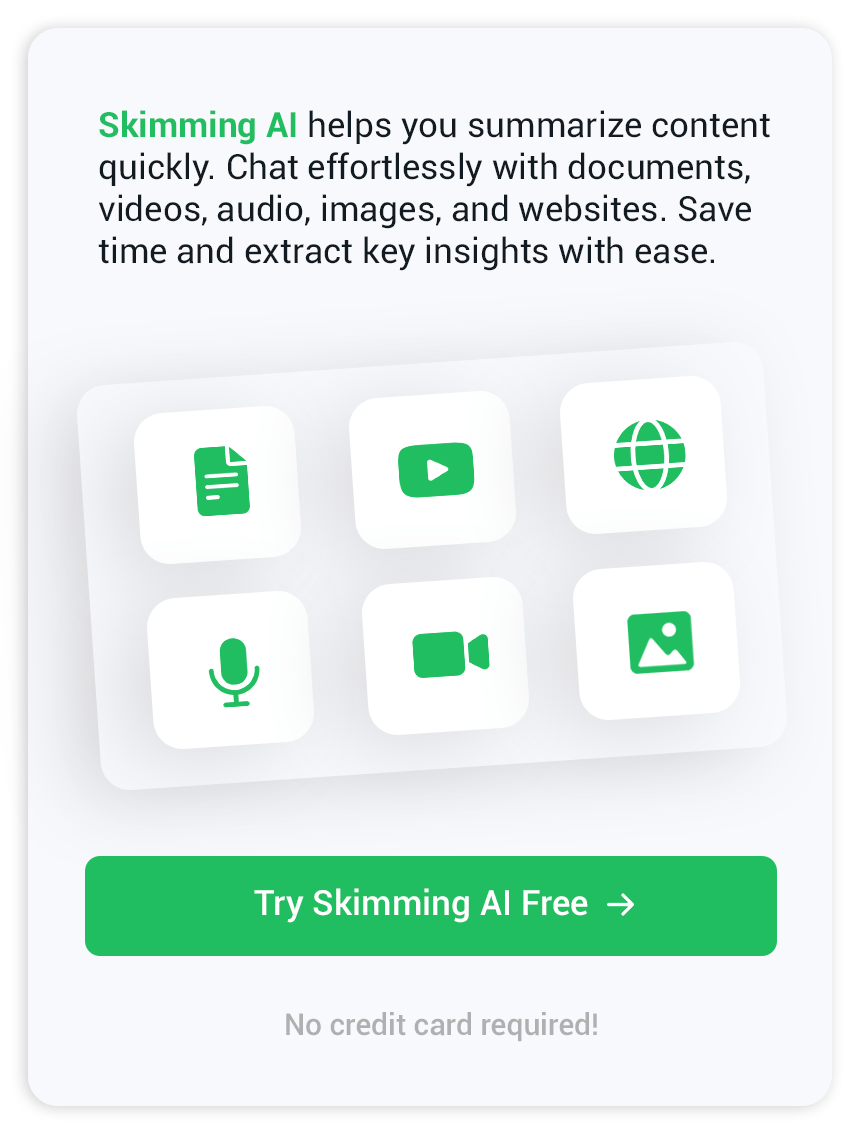Creating Video with AI, From Prompt to Polished Clip
The first wave of AI photo tools turned bold ideas into still images, yet video remained the slow-moving giant. That gap closed quickly as text-to-video models, neural editors, and avatar engines arrived. Whether you run a brand channel or film weekend shorts, creating video with AI now feels less like wrestling timelines and more like guiding a creative co-pilot.
The new pace of moving pictures
AI condenses the lengthy process from concept to output into minutes. A prompt typed at breakfast can become a looping background, a sixty-second trailer, or a social reel before lunch. Writers test storyboards on the fly, marketers batch dozens of cuts for every network, and educators spin lesson clips that would once have needed a studio. The result is faster iteration, lower budgets, and room for experimentation without worrying about the need for reshoots.
Three paths to AI-driven clips
Generative text to video
Tools such as Sora, Google’s Veo 3 inside Gemini, Adobe Firefly, and Canva’s Create a Video Clip read natural language and then return footage. They draw every pixel from scratch, which means you can describe lighting, camera angle, or mood in one sentence and watch the model assemble the scene. Sora reaches up to a full minute, Veo 3 delivers eight seconds with synchronized audio, and Firefly focuses on commercially safe output for client work.
AI video generator plus editor
Runway, Kapwing, Descript, Filmora, and similar apps blend prompt generation with timelines, captions, and sound libraries. You get the same text-to-video magic plus familiar trimming and layering controls. This middle ground suits creators who want speed but still need to tweak aspect ratios, add brand fonts, or swap tracks before exporting.
Avatar and presenter engines
Platforms such as Synthesia or HeyGen replace on-camera time with digital hosts who deliver the content. Feed a script, pick an avatar, and the service produces a presenter video in more than forty languages. These clips work well for tutorials, onboarding, or ad variants where consistency matters more than cinematic flair.
Matching goals to the right AI video maker
Prompt-wise generators thrive on concept art, dreamlike loops, and atmospheric B-roll. Editors with built-in AI excel at social promos, interview highlights, and multichannel campaigns. Avatar tools excel when FaceTime, accents, or quick revisions are required. Before committing credits, outline:
- Purpose – teaser, explainer, ad, background loop, or narrative short
- Length and format – square, vertical, or widescreen; seconds or minutes
- Must-have assets – logos, brand colors, product shots, or subtitles
- Distribution – YouTube, TikTok, in-app background, or presentation slide
Clear answers keep you from chasing the wrong model and wasting render tokens.
Turning a prompt into compelling footage
Good text prompts act like a director’s note, naming subject, action, style, and feel:
css
CopyEdit
A slow glide above misty redwood trees at sunrise, warm lens flare, cinematic realism, 24 fps.
Add camera movement, lighting, or time of day for richer results. If your tool supports image-to-video, upload a still frame and describe how it should come to life. For avatar engines, detail tone and cadence so the presenter reads naturally.
Leveling up with AI video editing software
After generation, polish matters. AI editors now offer automated tasks that once stole hours:
- Script-based cutting – delete a sentence, and the matching footage vanishes
- Style transfer – match color grade across shots for brand consistency
- Dynamic captions – one-click captions timed to speech with animated highlights
- Voice cleanup – background noise removal and volume leveling in seconds
- Innovative background music – choose mood, let the engine adjust track length
Pair those features with an AI video generator to create, refine, and publish inside one workspace.
Streamlined research and planning
Pre-production still benefits from clever shortcuts. The Skimming AI captures key moments from competitor clips or inspiration reels, helping you generate prompt ideas without having to scrub through hours of footage.
A sample workflow from idea to upload
- Concept sketch – free-write a one-sentence logline, then expand it into a prompt.
- First render – test in Sora or Veo 3 for proof of concept and mood reference.
- Rough edit – drop the file into Runway or Descript, add logos, trim silence.
- Voice and music – record narration or let the AI voice model speak the script, then auto-mix background music.
- Caption pass – generate dynamic subtitles for accessibility.
- Export formats – duplicate the timeline, auto-reframe vertical and square versions.
- Publish and measure – upload, gather watch metrics, feed learnings back into your following prompt.
Troubleshooting common roadblocks
- Motion blur or artifacts usually stem from prompt ambiguity. Clarify lighting, frame rate, and camera stability.
- Inconsistent subject appearance improves when you seed the model with a reference image or describe distinct wardrobe details.
- Voice sync lag on avatar engines often fixes itself after selecting a slower delivery speed.
- File size limits can be sidestepped by exporting shorter segments and stitching them in an editor.
Ethics, credits, and future shifts
Generative video raises questions around disclosure and data sources. Firefly adds watermarking and SynthID, while many platforms encourage the use of voluntary labels. Keep an eye on license terms, especially for commercial campaigns. On the horizon, expect longer clips, richer physics, and cross-model pipelines that hand rough footage from one engine to another for color, sound, or 3D layer passes.


